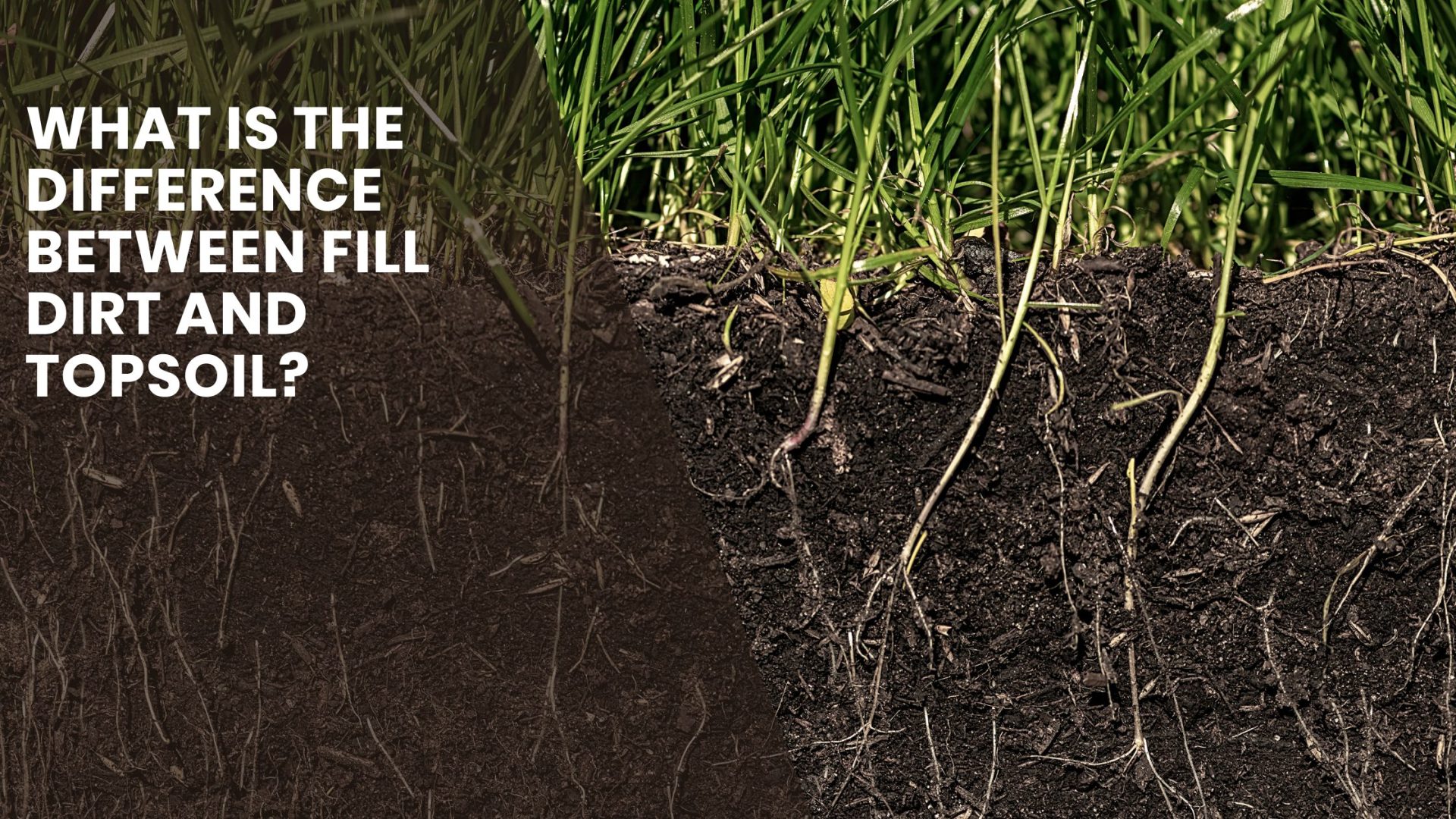If you’ve ever taken on a landscaping or construction project, you’ve probably come across the terms “fill dirt” and “topsoil.” At first glance, they might seem interchangeable, but they serve very different purposes. Understanding the difference between fill dirt and topsoil can save you time, money, and a lot of frustration. Trust me, I’ve learned this the hard way.
Fill Dirt: The Foundation
Fill dirt is exactly what it sounds like—dirt used to fill in spaces. It’s made up of subsoil, which is found beneath the topsoil layer. This type of dirt is typically devoid of organic matter, which means it doesn’t support plant growth well. But that’s not its purpose.
Fill dirt is great for creating a solid foundation. It’s often used for large construction projects, such as leveling the ground for building foundations, filling in holes, and creating a stable base for roads and driveways. Its lack of organic material makes it less prone to shifting and settling, which is crucial for stability.
I remember working on a project where we had to level a plot of land before laying down a driveway. We used fill dirt to create a sturdy base. The contractor made sure to compact it properly, which helped prevent any future sinking or shifting. If we had used topsoil, we would’ve faced serious issues with stability and settling over time.
Topsoil: The Growth Medium
Topsoil, on the other hand, is all about supporting plant life. This uppermost layer of soil is rich in organic matter, nutrients, and microorganisms. It’s what you need for gardening, planting, and landscaping.
Topsoil is the layer where plants extend their roots to access water and nutrients. It’s full of decayed plant and animal matter, which makes it fertile and ideal for growing grass, flowers, and vegetables. When we landscaped our backyard, we spread a thick layer of topsoil over the existing ground before planting. The difference it made was incredible—our garden thrived because of the nutrient-rich topsoil.
Choosing the Right Soil for Your Project
The key to a successful project is choosing the right type of soil. If you’re filling in a large depression in your yard or need to create a solid base for construction, fill dirt is your best bet. It provides the stability you need and is usually more cost-effective than topsoil.
However, if your project involves planting or creating a lush garden, topsoil is essential. It offers the nutrients and structure that plants need to grow strong and healthy. Skimping on topsoil can lead to poor plant growth and a lot of wasted effort.
I once made the mistake of trying to save a few bucks by mixing some fill dirt into my garden beds. Big mistake. The plants struggled, and I ended up having to redo the beds with proper topsoil. Lesson learned: always use the right soil for the job.
Final Thoughts
In summary, fill dirt and topsoil are two distinct materials with very different uses. Fill dirt is perfect for creating a stable foundation for construction projects, while topsoil is essential for any project involving plant growth. Understanding the differences and using them appropriately can make all the difference in the success of your project.
So, next time you’re planning a project, take a moment to consider whether you need fill dirt or topsoil. Your future self (and your plants) will thank you! An, of course, we sell both at reasonable rates.



